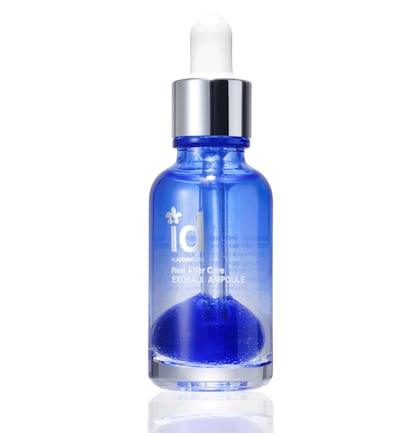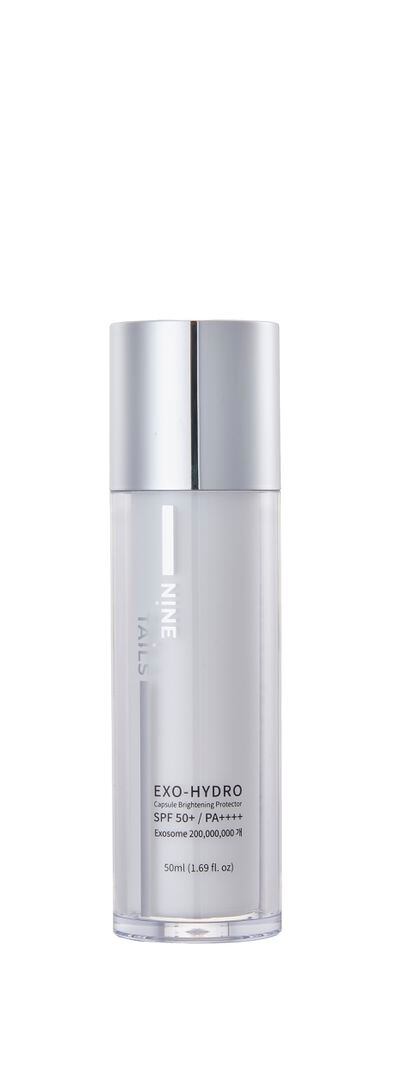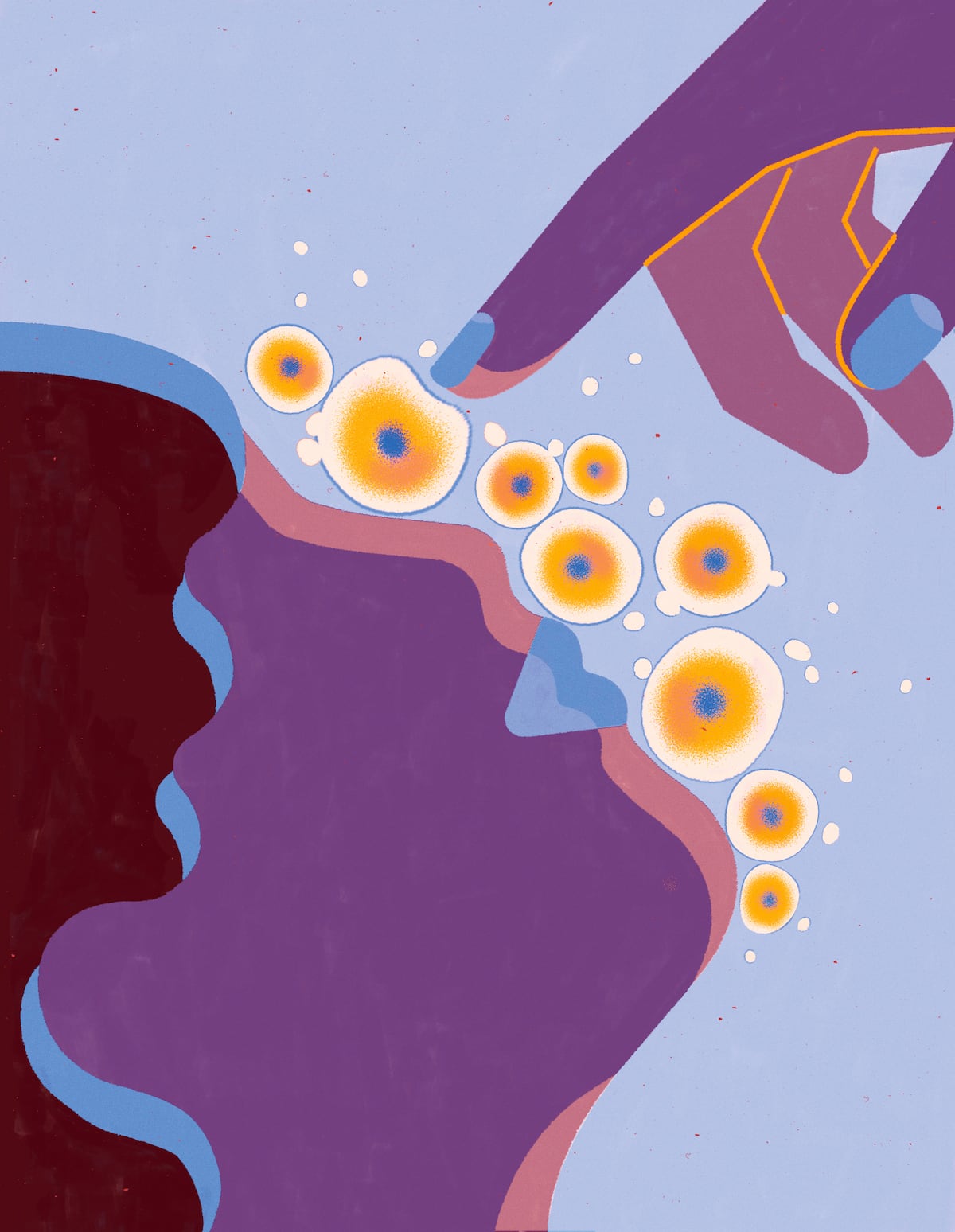Our skin is designed to heal itself, but just as sometimes it's good to have a strong coffee to activate it, sometimes the largest organ in the human body also benefits from some extra help. And this is where exosomes come into play, small vesicles released by cells in the process of exocytosis, which contain a variety of bioactive molecules, such as proteins, lipids and nucleic acids. “They play an important role in intercellular communication, where they act as messengers that transmit information between cells, and have been found to be involved in a wide range of biological processes, such as embryonic development, immune response and cancer progression.” explains Dr. Beatriz Beltrán, director of the clinic that bears her name.
Although exosomes were discovered 15 years ago, until recently they were considered mere byproducts of cellular activity. And, although it is true that in 2018 their effectiveness was found to treat atopic dermatitis, it was not until 2020 when other studies showed that they could also deeply repair and regenerate the skin after ablative treatments with lasers, as well as that they were equally effective. in immunomodulatory therapies. It is now that they have aroused the interest of the scientific and medical community, which predicts that they are the future of regenerative medicine – this term has been the most repeated during the IMCAS World Congress research congress, held earlier this month in Paris. , “and not only in the aesthetic field, but also in tissue regeneration in general, new forms of application and also new sources of extraction from them,” explains Virtudes Ruiz, surgeon, aesthetic doctor and medical director of the clinic. Aesthetic Virtue.
“As they are powerful dermal regenerators, exosomes balance and regenerate the skin to the maximum, improving its quality and luminosity, ending problems such as redness, dullness, photoaging, thin skin, enlarged pores, sensitivity, roughness or dry skin,” lists Dr. Mar Mira, co-owner of Clínica Mira + Cueto, who also assures: “It has been proven that they exponentially increase the percentage of fibroblasts, collagen and elastin, all more than essential for maintaining healthy, cared for and rejuvenated skin.” How do they actually do it? Until the end of last year, aesthetic doctors explained that they introduced these active ingredients into the skin using microneedles (such as the Dermapen), fractionated radiofrequency, fractionated microplasma, microneedle, mesotherapy or photobiodynamic therapy; The latter is the only one that does not use needles or cause aggression to the epidermis. But, after months of observing how the use of exosomes was protocolized as injectables, last November the SEME (Spanish Society of Aesthetic Medicine) sent a statement to all its partners reminding that the Spanish Agency for Medicines and Health Products (AEMPS) He is blunt on the matter: “Today there is no authorized medicine that contains exosomes in its composition.” Consequently, these can only be applied topically, without the help of utensils or apparatus capable of reaching the dermis.

What is possible to inject are autologous exosomes; that is, those obtained from our own cells. “The procedure begins with a blood draw — this gesture avoids the risk of having an allergic reaction as it is not a foreign product to the body — to obtain PRP (platelet-rich plasma) through the centrifugation technique. “Then the Meta Cell Technology medical device is used, with which autologous plasma is obtained, rich in exosomes and growth factors, which will subsequently be injected into the patient through a photothermoregulation process with the help of red and blue light,” clarifies the Dr. Beltran. In this way, not only the itching discomfort that PRP infiltration usually causes is alleviated, but the efficiency of this new combined process is also increased, as demonstrated in the published study by the same expert: Efficacy and safety of photothermal activation of platelet-rich plasma in facial rejuvenation.
The added advantage that these have messengers is that they are a treatment suitable for any type of skin, as they offer different benefits: “Anti-inflammatory, used to treat dermatitis, inflammatory acne, follicles and atopic dermatitis; antioxidant, improving wrinkles and preventing aging; regenerating, improving the skin barrier and generating new blood vessels, and whitening effect,” points out Dr. María Rosa García Maroto, medical director of Clinique La Prairie Madrid. The result after use is “revitalized face, neck and décolleté skin thanks to the reduction of spots, wrinkles and acne scars; where, in addition, the natural production of collagen and elastin has been significantly activated,” says Dr. Vicente. Likewise, “they are an alternative for those people who are reluctant to use needles, since it is possible to open channels in the skin with other procedures, without punctures, to ensure penetration,” highlights Mira.

It must be taken into account that exosomes are not only capable of regenerating facial tissues, but also treat the intimate area and the cells of the hair follicles of the scalp. And, although it is true that they are not capable of promoting the appearance of new hair, “they do activate keratinocytes, fibroblasts, the synthesis of collagen and elastin, but, above all, they increase the regenerative capacity of the hair bulb, which is the set of cells where hair is generated. The result is stronger and healthier locks,” declares Dr. Javier Pérez Diez, trichologist at Clínica Premium Marbella. Hence, this protocol is usually prescribed in the case of seasonal alopecia. “This intense hair loss, which occurs after childbirth, after some surgical interventions and even during periods of stress, is called telogen effluvium. In these cases, despite the loss, the roots remain unscathed; so the exosomes would come to recover and improve the function, giving them more strength to produce new healthy growth,” adds the same expert. And, as in the skin case, to “enhance the positive effect of these active ingredients on the stimulation of cells in the follicular unit on the scalp, it is advisable to use other methods of energy delivery, such as laser,” he concludes.
The vulvovaginal area can also benefit from exosomes. In fact, Zuramis Estrada, obstetric gynecologist and medical director of CIMEG Madrid, turns to them to help her patients with genital disorders such as urogenital atrophy, chronic dermatopathies such as vulvar atopic dermatitis, lichen scleroatrophicus or lichen planus simplex; scars due to old episiotomies, perineorrhaphies or other surgeries or trauma, and hyperpigmentation, as an adjuvant in genital lightening treatments. To do this, she topically applies exosomes developed by Jan Lötvall, professor of Cell Biology at the University of Gothenburg (Sweden), whose objective is to specifically treat the intimate area. “These are extracted from the recombinant stem cells of rosa damascena and, applied to the vulvovaginal tissue, they provide an anti-inflammatory action, reducing irritation and improving immunomodulation; “They improve dryness due to the increase in the expression of water-transporting proteins (aquaporins) and increase the production of hyaluronic acid in the treated area by up to 120%,” says Dr. Estrada, who uses them after performing a treatment with energy. such as radio frequency or laser, which act as vehicles of the product itself. “We are facing a revolution in regenerative medicine due to its effectiveness, the immediacy of positive response in the patient, the safety [existen más de 17 trabajos internacionales publicados sobre la materia y actualmente se están llevando a cabo varios ensayos clínicos]ease of application, without pain and without manipulation,” adds the same source.
Until now this was an exclusive treatment for aesthetic medicine, but “in Korea they have managed to isolate exosomes of plant origin, obtaining spectacular results on the skin through specialized cosmetics,” reveals Karla Pires, pharmacist and head of the quality department. in the Korean cosmetics distributor Tradegate to Europe, who also adds: “These small vesicles have been shown to have beneficial effects, such as cell regeneration, reducing inflammation and oxidative stress, and improving hydration and elasticity. . By including them in the daily beauty routine, the delivery of active ingredients to the skin is ensured, helping to improve both the effectiveness of the cosmetic and the appearance and health of the dermis.” Therefore, it is predicted that this new agent will begin to enter our homes as serums, above all.
Subscribe to continue reading
Read without limits
_
#Exosomes #alternative #aesthetic #punctures #skin

Leave a Reply